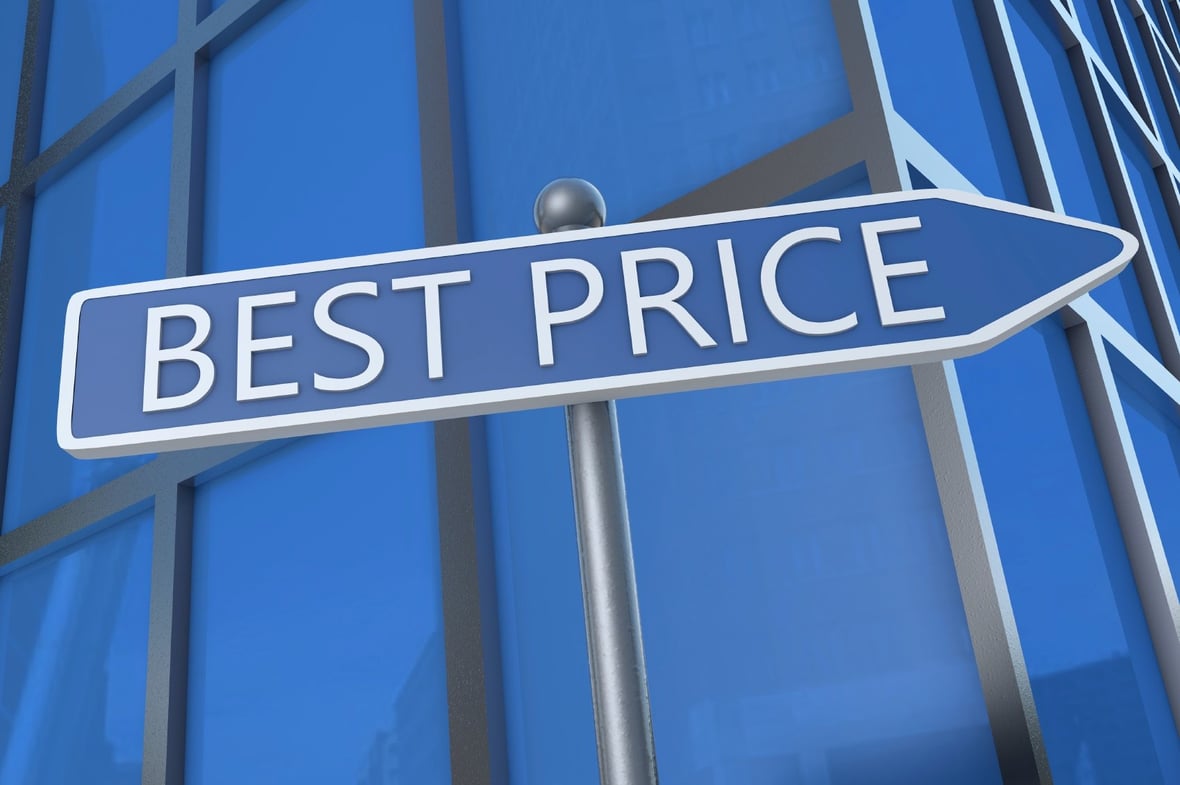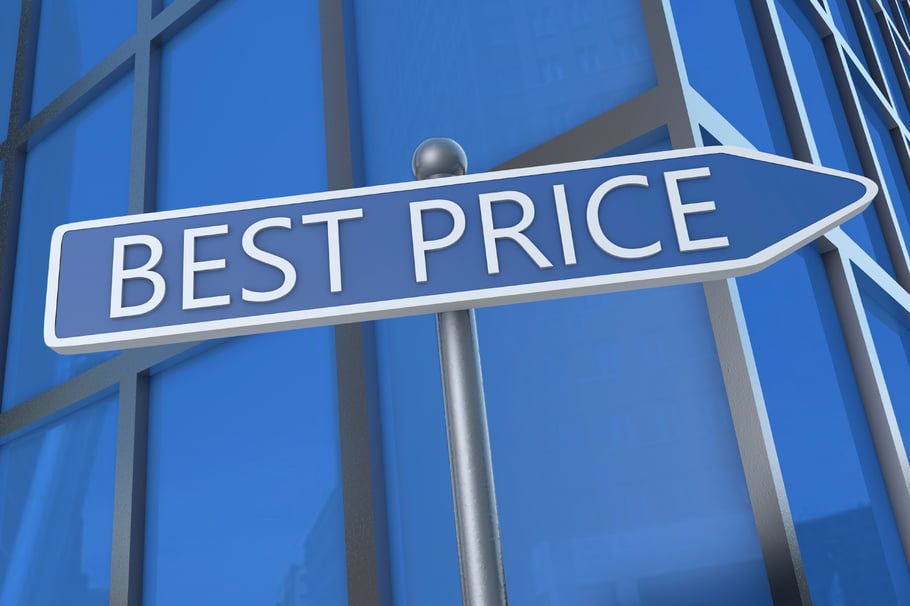
When Should You Share Pricing with Potential Customers?
January 7, 2016
By Andrew Macey
 Sharing pricing with potential customers is often debated across teams regardless of industry or product. For some, pricing is not presented freely on the website, and only introduced during a sales conversation. This is often the case within professional services or where RFQ’s are necessary. For others, pricing is right up on the website for all to see. Many SaaS-based products do this as a way to show scalability and components of different product levels. There are certainly pros and cons for each. This blog will give some clarity around at what point pricing should be shared with potential customers.
Sharing pricing with potential customers is often debated across teams regardless of industry or product. For some, pricing is not presented freely on the website, and only introduced during a sales conversation. This is often the case within professional services or where RFQ’s are necessary. For others, pricing is right up on the website for all to see. Many SaaS-based products do this as a way to show scalability and components of different product levels. There are certainly pros and cons for each. This blog will give some clarity around at what point pricing should be shared with potential customers.
When to share pricing early
As mentioned earlier, many online tools or SaaS solutions share pricing initially on the website. This is most often setup on a pricing page, in a table, or when discussing package options. Many companies feel that this level of transparency is a great way to build trust with their audience, as nothing is being hidden. Additionally, some industries use a pricing sheet or rate card, which can be downloaded or viewed off of the website. This is often the case with product-purchasing or eCommerce sites.
It can be a good idea to consider your competition when discussing at what point to present pricing to potential customers. A question to ask would be “does my competition show pricing on their website?” If the answer is yes, then you should think about doing the same, as it might be a competitive advantage to them showing that level of visibility, whereas your site may not. Another question with regards to competition is “how does my price compare to the products/service of my competition?” This is important as many potential customers “window-shop” early and check out prices as a way to create an initial list of vendors to reach out to. If your pricing is competitive or even lower than others, this is certainly something to highlight. To further this idea, if you have a unique scaling model or bulk pricing, this can be another important advantage to show early on.
When to hold off on sharing pricing until later
When considering competition, it might make sense to hold off on pricing information until sales has followed up with a potential customer. If your price is significantly higher than others, you may not want to show that without context on the website. Instead, sales can do a great job of selling the value of your product or service and then offer pricing as they have already explained the premium value of your solution. Another reason not to show pricing early on is when customization is necessary. Often, certain industries or solutions require a custom proposal or unique price that can only be calculated after sales has learned about the client’s needs and goals. In this case, showing price on the website can be detrimental to the sales process as there is very little context with the price. Some may see a high cost associated with your company and move on immediately, without understanding the value or options available within that price.
As you can see, there are two sides to the coin. In many situations, it can be a great idea to show pricing early in the buyer’s journey. This is often displayed on a pricing or product page within the website, and is accompanied by features and benefits found within the solutions. In other scenarios, cost is something kept under wraps until the time is just right. This can be as a result of competitive analysis or unique proposal requests necessary within sales. There is no right or wrong answer, however I would encourage you to consider your unique business and discuss whether or not a change to your pricing visibility can positively impact your sales.

About the author
Andrew Macey was formerly the Director of Sales at SmartBug and is a HubSpot alumni. He has more than 5 years experience in inbound marketing and is a graduate of the University of Vermont. Read more articles by Andrew Macey.






